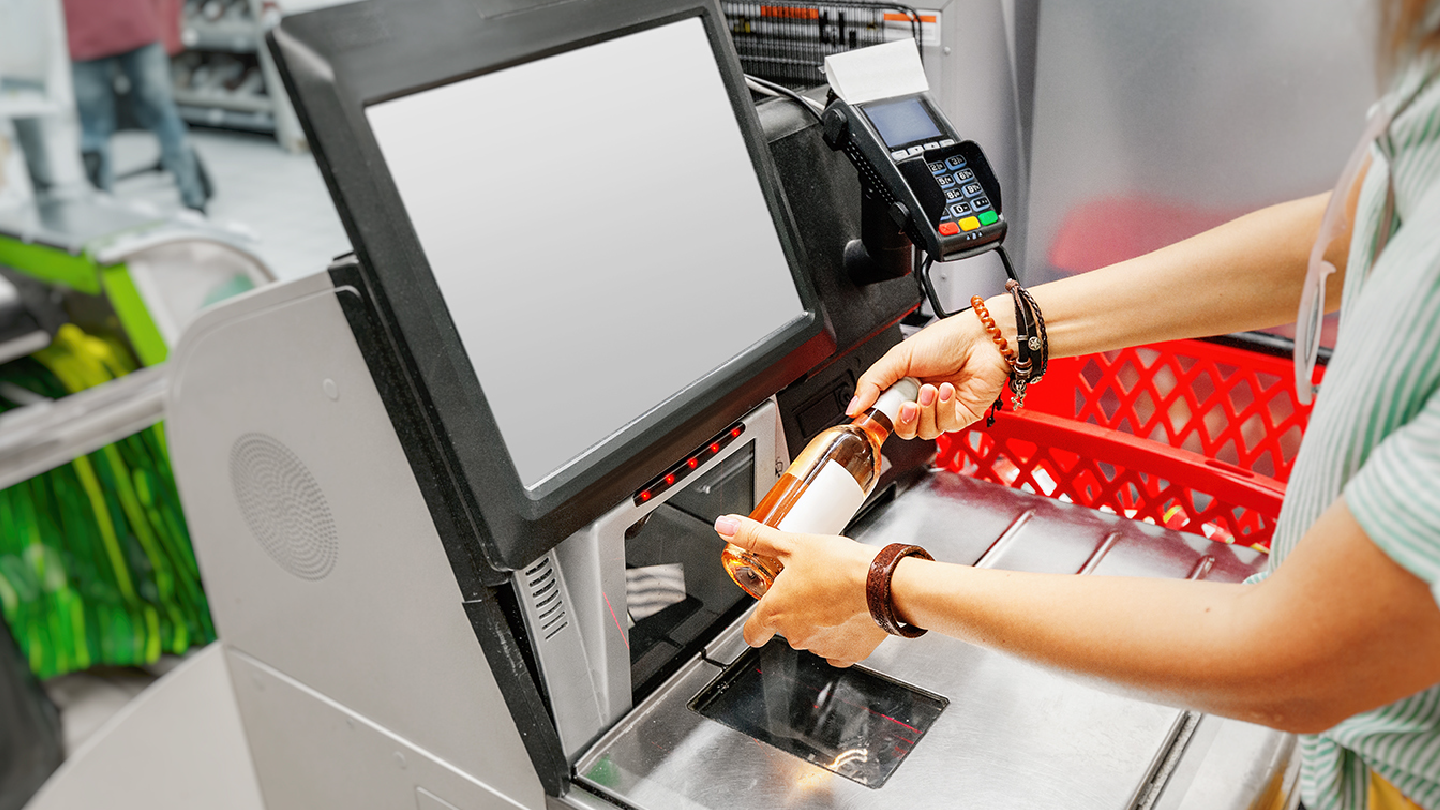Self-checkout is booming – cash needs to be integrated in an efficient way

Inactive retail is under pressure. One of the most important issues of the day is offering customers the most positive shopping experience. It remains essential to keep costs under control and optimise efficiencies in the process chain. The checkout area is the place for achieving both of these goals.
Surveys carried out in previous years tell the same story. For consumers, standing in a line at the checkout is one of the biggest irritations. As a result, self-checkout (SCO) solutions are very popular. Some rely on stationary systems, while others use solutions where customers scan their goods themselves while shopping. This can be done through hand scanners or via apps on smartphones. Self-checkout is clearly gaining momentum. Forecasts like “Global Market for Self-Checkout-Terminals Research Report 2020" predicts an annual growth of 19% up to 2025 in this market segment.
Shorter waiting times and freeing up of staff
Staff resources are freed up when customers can scan and checkout themselves. SCO offers retailers two advantages at the same time. For customers, paying " feels" faster because they are kept busy. They probably don't even realise that it takes longer for them to scan their articles than it would take a trained checkout assistant, and of course, when they scan directly in the aisle, it extends the time spent in-store, but they are not standing idle and a significant source of frustration is avoided.
In an ideal world this would free up cashiers to be available for other jobs and advise consumers. However, it would be naive to pretend that the nationwide introduction of self-checkouts would not lead to staff reductions.
Despite the wide range of systems, cash still needs to be processed
All the recent research shows a slow shift away from cash in customers. However, a market survey of the EHI Retail Institute (Germany) shows that cash transactions can be carried out at almost 80% of SCO stations, for example in the retail food sector, and with good reason. In the absence of regulatory intervention or other external influences that lead consumers to use non-cash payment methods, cash will continue to keep retailers busy for a long time to come.
Cash management works hand in hand with self check-out
Today's cash management solutions from GLORY fit seamlessly into the retail industry's digital strategies. In retail, omni-channel and multi-channel strategies often lead to a growing number of heterogeneous IT systems. There are a number of self-checkout solutions that may need to be used in parallel in order to cover as many (cash) touchpoints as possible. Examples are self-service checkouts, payment terminals for paying for products scanned while shopping or pre-order terminals.
To avoid restricting the customer's freedom, the option of paying in cash needs to be permitted here. With the use of cash recyclers, this can be done efficiently. The machines accept cash, refuse counterfeit money and give change in an optimised way. In addition, the systems offer added value. This includes the option of providing customers with additional service offerings that emphasise the positive shopping experience.
For example, cashback directly at an SCO cash register. This is a service that many consumers have come to appreciate, and which is becoming more and more popular in the retail trade. At dm, cash can be withdrawn with no minimum spend. Cashback at a SCO station also makes it possible to reach consumers who, for privacy reasons, have not previously used such a service at a cash desk. The idea is also interesting in terms of points of acceptance for the cash payment system. In addition to bank-related offers, the machines are also suitable for accepting coins, for example in return for a voucher.
Active cash management boosts the efficiency of cash processing, but it also accelerates cash related processes. Because the cash balance is available in exact amounts, the income can be put into value more quickly at the bank. The software used is able to adapt to the software landscape and digital strategy that the retailer uses. Thus, cash is "digitised" and becomes integrated into all the measures associated with omni-channel.